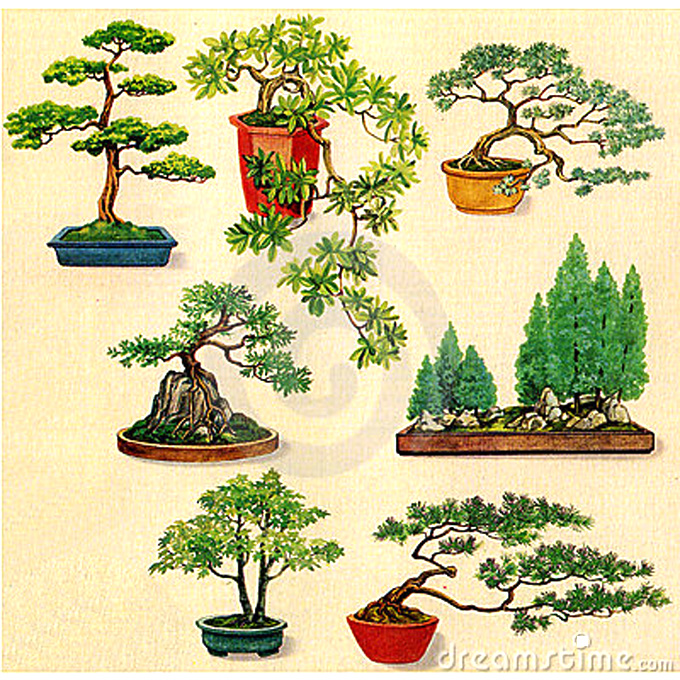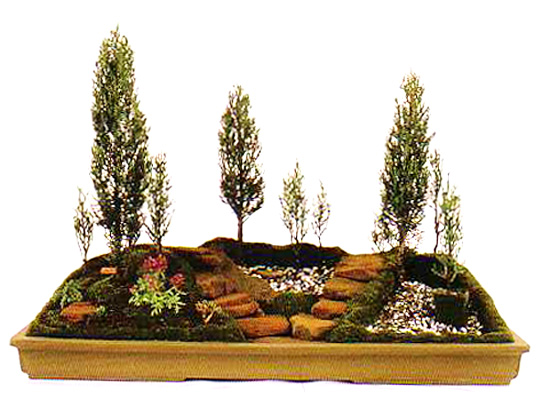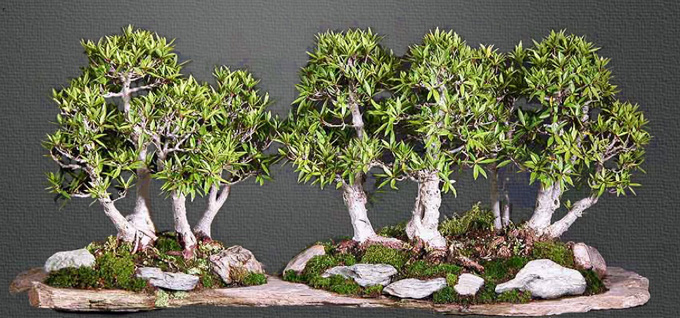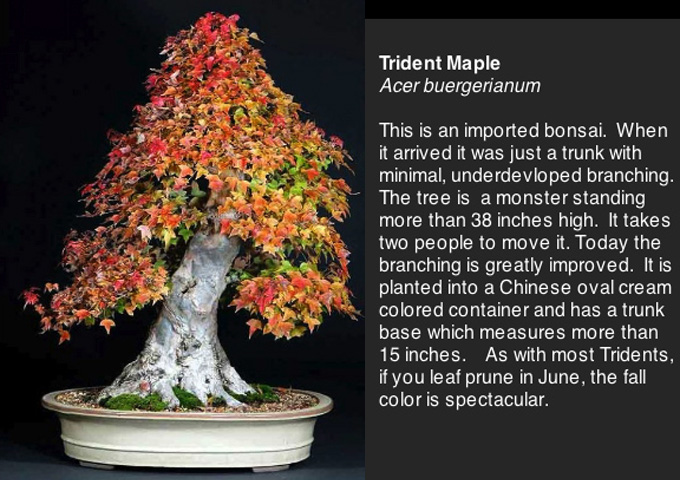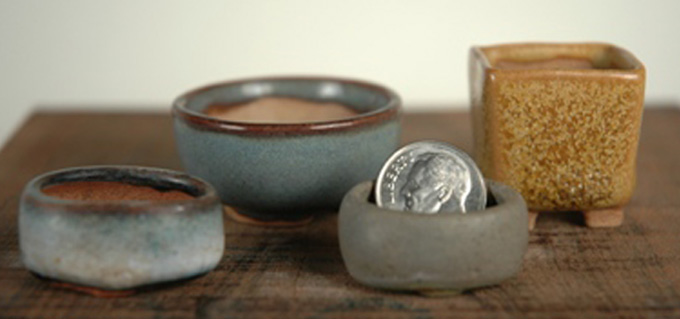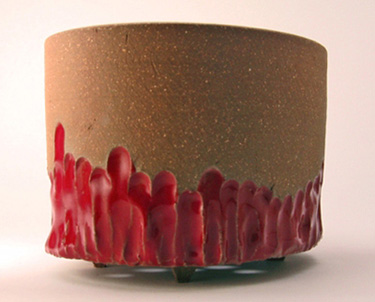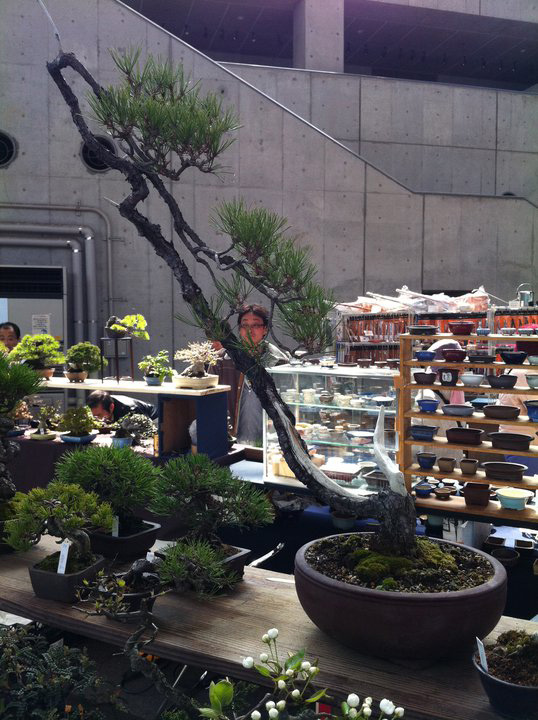Thinning a red pine forest
The best time to thin pine bonsai is between late fall and early spring. I didn’t get to the red pine forest below until early April this year. Because I was working on the tree late in the season, I kept the work simple. I cut back each branch to two shoots, removed old needles, and shortened some of the longer candles. I decided against wiring the tree to avoid damaging the new candles.
Red pine forest – April 2011
Shortening candles is a simple technique to weaken vigorous shoots. Letting long candles like the one pictured below puts a lot of energy into the branch, usually at the expense of weaker branches. I shortened the longest shoots to make them roughly even in size with the weaker candles. To avoid damaging the emerging needles, I broke the candles with my fingers.
Vigorous candle
Candle shortened
I also cut back last year’s growth to two shoots per branch. As the pines in this forest are fairly vigorous, I found a lot of branches with three or more shoots per branch. Thinning to two shoots per branch helps me balance growth while creating good branch structure.
Cutting back to two shoots
Extra bud removed
I removed all two-year old needles and some of last year’s needles.
First and second-year needles
Second year needles removed
As sap built up on my tweezers, I cleaned them with a steel bristle brush.
Removing sap
Thinning and removing extra needles gets me in good shape for next month’s decandling.
Thinned branches
Thinning complete
After reducing the vigorous candles and removing old needles and extraneous shoots, I noticed that the foliage is still a bit dense. I’ll likely remove more needles at decandling time in mid- to late June. And if I can find the time, I may also wire the tree as I have yet to completely wire the forest since its creation a couple of years ago. Read more!












